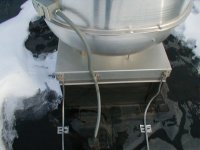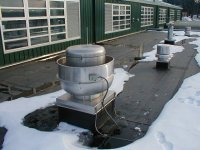kmjt1021
Member
The first time I've seen these attached to a fan, the bolts holding them in place have to be removed to tilt the fan.
I wonder if I am liable if I don't get the cables grounded properly and lightning hit's it and starts a fire? Sounds like another debate.
I wonder if I am liable if I don't get the cables grounded properly and lightning hit's it and starts a fire? Sounds like another debate.



